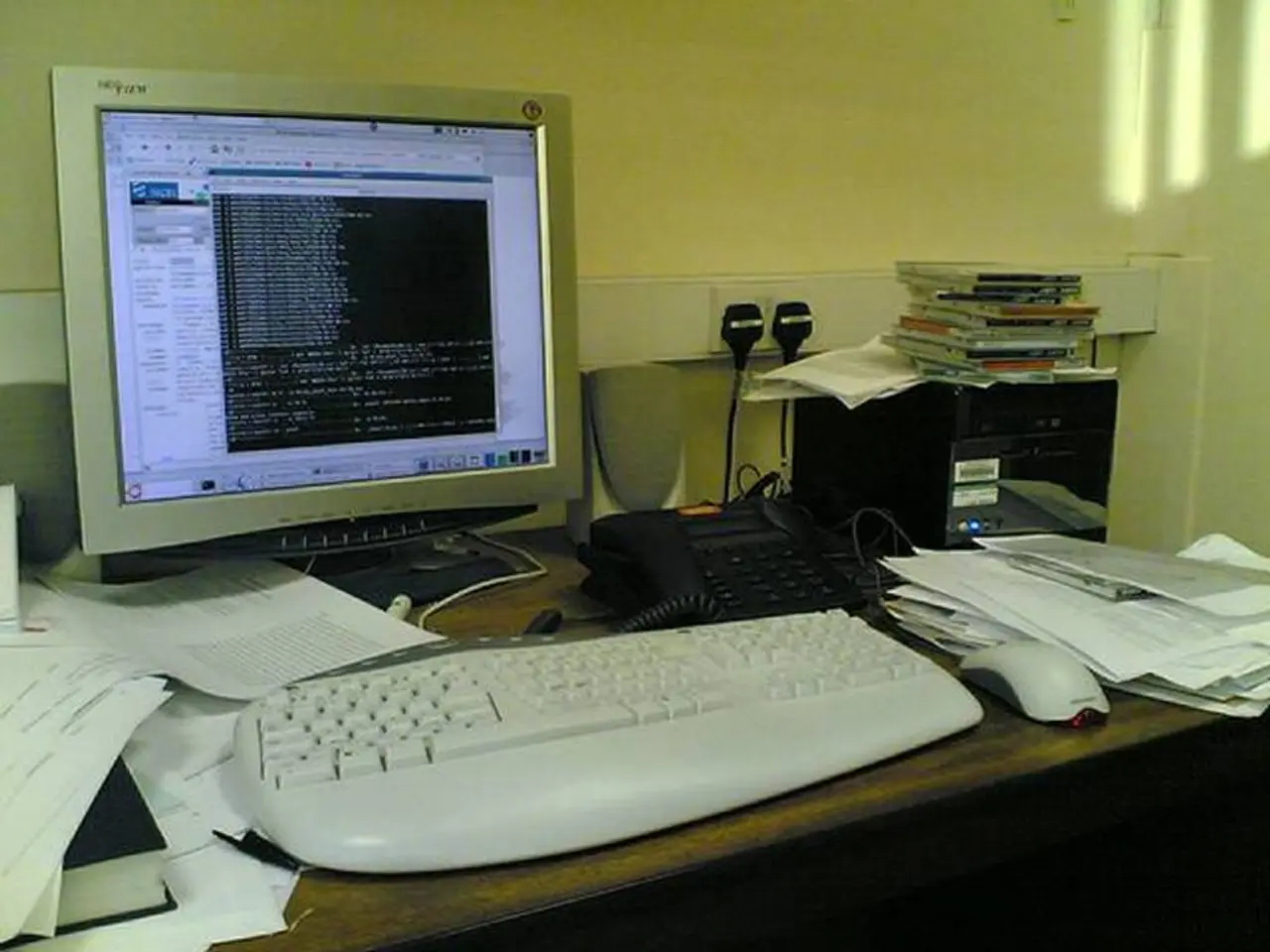"The Mischievous Nibbler Made Quite An Impact"
The 1970s marked a significant period in the history of computing, with the introduction of the Simple Cost-Effective Micro Processor (SC/MP) by National Semiconductor. Known colloquially as "SCAMP," this 8-bit microprocessor was designed to be inexpensive and targeted at embedded and multiprocessor systems[1][2][3].
One of the most notable applications of the SC/MP was the Digikey Nibbler computer, a single-board computer released between June 1978 and June 1979. The Nibbler, built around the SC/MP II (INS8060) microprocessor, came with 4 KB of ROM (containing a program called "nibble") and 2 KB of RAM[1][2]. Priced at around $150, the Nibbler was relatively affordable compared to other microcomputers of the time, though users needed additional accessories like power supplies, card cages, and terminals to fully utilise the system[1][2].
The late 1970s saw limited options for affordable terminals. Users typically employed TV-typewriters or surplus terminals like Teletype machines. The cost and availability of interactive terminals were a significant barrier for microcomputer users, impacting the accessibility of systems like the Nibbler[2].
Today, there is a renewed interest in the SC/MP, with efforts underway to recreate the plucky little computer. However, one of the biggest challenges in building an SC/MP today is acquiring a terminal. The scarcity and cost of terminals in the past made them a significant obstacle in building computers like the SC/MP and the Nibbler[2].
The SC/MP was unique in its bank switching scheme, similar to the Microchip PIC 16F family, and was known for its cost-effectiveness and minimal need for extra parts[1][2]. Despite its serial ALU, which made it slower than contemporaries like the 8080 or Z80, the SC/MP was a pioneering microprocessor of its time[1][2].
In summary:
- The SC/MP microprocessor, developed by National Semiconductor, was an 8-bit, simple, cost-effective microprocessor with a serial ALU and multiprocessor support.
- The Digikey Nibbler computer was a single-board computer based on the SC/MP II, released between June 1978 and June 1979, with 4 KB of ROM and 2 KB of RAM.
- In the late 1970s, affordable terminal options were limited, with users typically employing TV-typewriters or surplus terminals like Teletype machines.
This context reflects the early days of affordable microcomputers where innovations like the SC/MP and low-cost systems like the Nibbler offered entry points but faced challenges in processing speed and peripheral availability.
- The renewed interest in recreating the plucky little computer, the Digikey Nibbler, highlights a modern-day lifestyle that embraces nostalgia and historical innovation, merging it with technology.
- The scarcity of terminals during the late 1970s, a hindrance in building microcomputers such as the SC/MP and the Nibbler, illustrates the influence of then-current technology on the accessibility and limitation of early computing systems.




